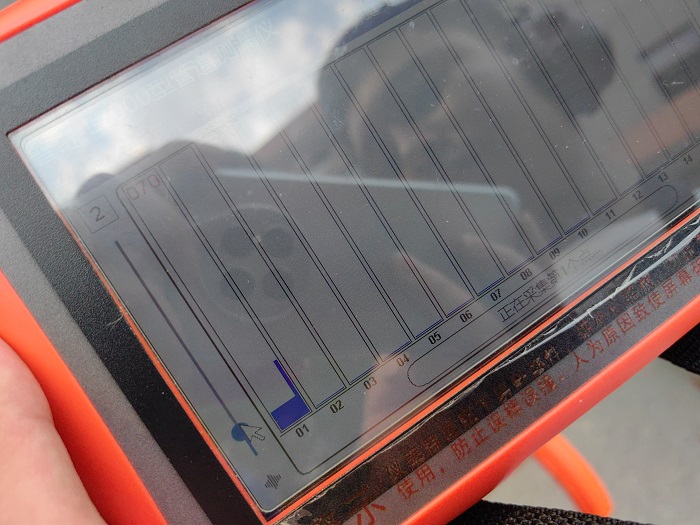PE water pipe system is an important part of building safety and protection, and its normal operation is crucial for safeguarding life and property. However, in long-term use, PE water pipes may have leakage problems, affecting the pressure and function of the system, and in serious cases, may even lead to the failure of PE equipment. Therefore, regular leakage detection is a key measure to ensure the normal operation and safety of PE water pipe systems. This article will introduce several common PE water pipe leakage detection methods and their importance.

1. Visual inspection
Visual inspection is the simplest and intuitive leakage detection method. Through visual observation of the PE water pipe system, check whether there are obvious signs of leakage, such as water stains, water stains, water droplets and so on. This method focuses on the visible parts of the PE plumbing system, such as pipe connections, valves, nozzles, etc. Although visual inspection can not find all the leaks, it is an indispensable part of routine maintenance and can detect obvious leaks in time.
2. Pressure test
Pressure testing is an effective detection method, by using pressure testing equipment to detect the pressure of the PE water pipe system. Specific operational steps are as follows:
-Increase the water pressure and raise the pressure inside the piping system to a certain level.
-Observe the pressure gauge and check if there is a significant drop in pressure.
If there is a noticeable drop in pressure during the pressure test, this indicates that there may be a leak in the plumbing system. Commonly used pressure testing methods include static pressure tests and dynamic pressure tests. The hydrostatic test is carried out in a stationary state, while the dynamic pressure test is carried out in the water flow state, and the combination of the two can more comprehensively detect the leakage of the PE water pipe system.
3. Thermal imaging test
Thermal imaging detection using infrared thermography on PE water pipe system detection. Thermal imaging technology can detect the temperature difference between the surface of the pipe, so as to find the possible leakage points. The procedure is as follows:
-Scan the PE water pipe using an infrared thermographic camera.
-Analyze the thermogram to identify areas of temperature abnormality.
Usually, the temperature around the leak will be different from other parts of the pipe, and the leak can be accurately located by thermal imaging detection. Thermal imaging is usually performed when the pipe is cool, in order to better distinguish potential leakage areas.
4. Acoustic Detection
Acoustic detection is the detection of PE plumbing systems by means of a specialized leak detector. This method relies on listening to the sound changes within the piping system, such as dripping, leakage sound, etc., to determine the location of the leak. The steps are as follows:
-Use the pipeline leak detector on the outside of the pipe.
-Listen and analyze the sound inside the pipeline.
Sound detection is usually carried out at night or in quiet environments to make it easier to hear subtle water leaks. This method is particularly suitable for hidden pipelines that are difficult to inspect visually and detect with thermal imaging.
Importance and Recommendations
Regular leakage testing of PE water pipes is important to ensure the proper functioning and safety of the system. Leak detection allows early detection and repair of leaks, preventing system pressure drop and equipment failure due to leaks. In addition, addressing leaks in a timely manner reduces water waste and lowers maintenance costs.
Specific inspection methods and procedures may vary depending on actual conditions and equipment availability. Regardless of which method is used, regular inspection and maintenance are essential. For ensuring proper operation and safety of your PE plumbing system, it is recommended that:
-Regularly conduct leakage testing and a thorough inspection at least once every six months.
-Repair any leaks detected in a timely manner to prevent the problem from expanding.
-Apply a variety of testing methods, combining visual inspection, pressure testing, thermal imaging testing and sound testing, to ensure the accuracy and comprehensiveness of the test results.
Through the above measures, the normal operation of PE water pipe systems can be effectively guaranteed, the safety level of buildings can be improved, and the safety of life and property can be reliably guaranteed.








